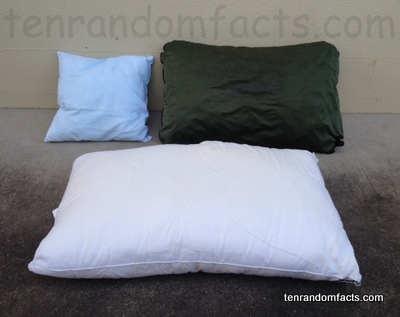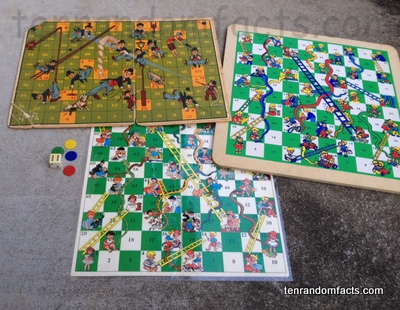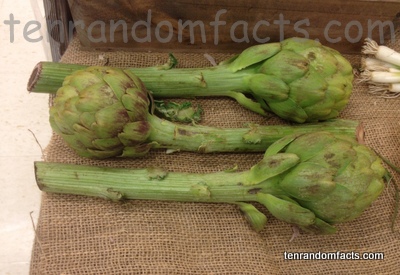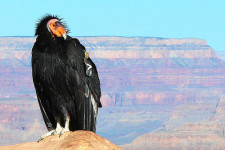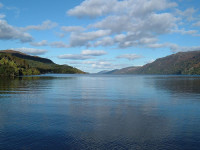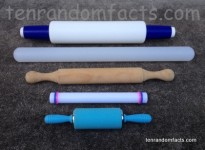
Can you imagine sleeping on a literally rock hard pillow?
- Pillows are objects that allow the head and neck, or limbs to rest or be kept elevated, although they are sometimes used for decorative purposes, but they are typically used on a bed.
- Modern pillows are generally made of a fabric case with an internal stuffing of feathers, latex, foam, or synthetic or natural fibres, although inflatable ones are available and they are filled with air.
- ‘Pillows’ are also known as ‘cushions’, although this term is more often used for similar items that are positioned on seats.
- Although stereotypically softer today, pillows of the past where often hard, made of wood or stone among other materials.
- Pillows are generally rectangular in shape, although they are often circular or square; while others fit around the neck, and they come in a variety of colours and patterns.
- In 7000 BC in Ancient Mesopotamia, pillows, said to be made of stone, were used by the wealthy, and a greater quantity of the items in one’s possession, generally signified a person of greater rank.
- Pillows are available in many different sizes, from small travel ones to king size, and standard sizes vary depending on the country, but they are often between 40 to 48 centimetres by 60 to 73 centimetres (16 to 19 inches by 24 to 29 inches).
- The Ancient Romans and Greeks designed some of the earliest ‘soft’ pillows, using straw, reeds or other materials as the stuffing.
- A pillow is commonly covered with a fabric case that is easily removable for the purpose of washing, while some people also use a protector under the case to help prevent stains on the item.
- In early times, a common reason for the use of pillows was to lessen or prevent insects disturbing or entering the body via the head while sleeping.



